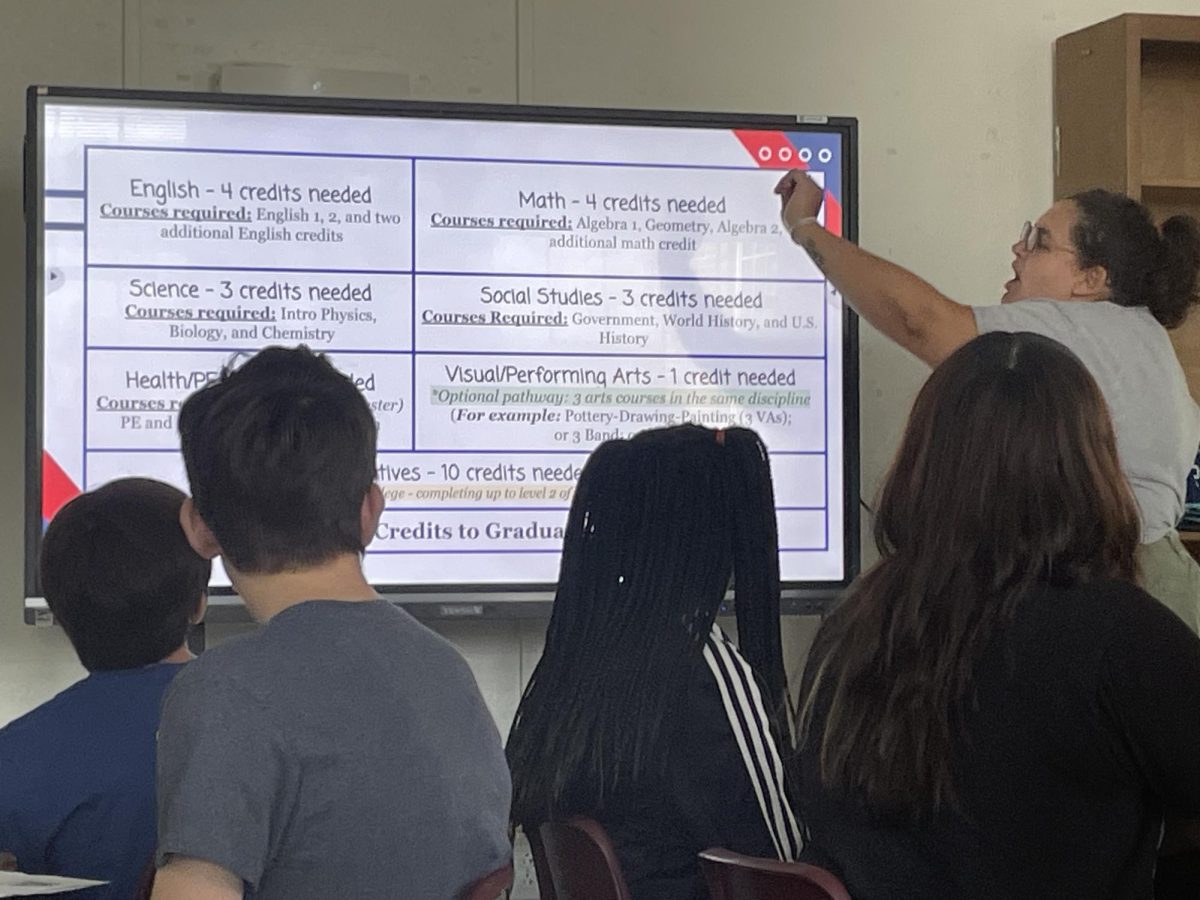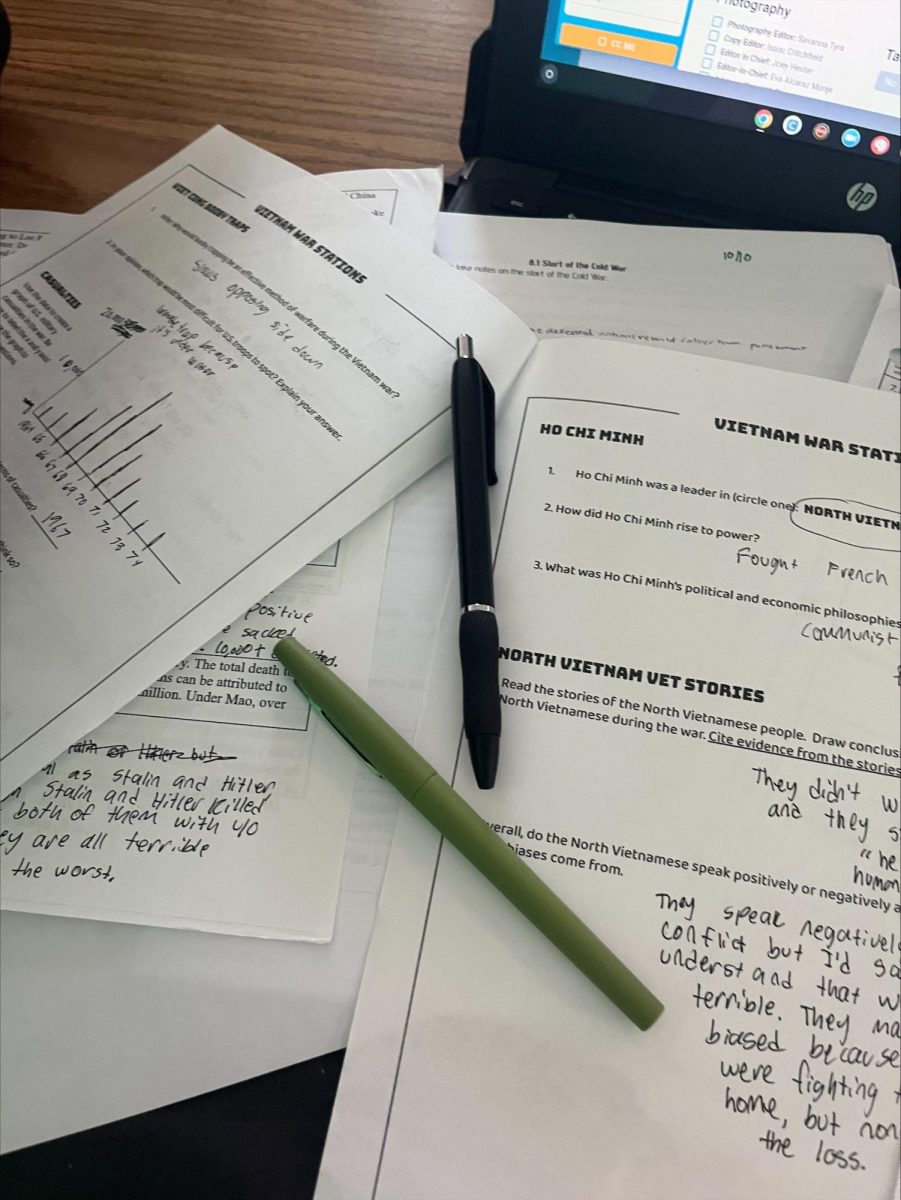Throughout the school, almost every boys’ bathroom has a girls’ bathroom next to it or close by. There are also boys’ and girls’ bathrooms in the science, government, English, and math hallways. For some unknown reason, the boys have a bathroom right in front of the library, and there is no girls’ bathroom to accompany it.
This unequal distribution of bathrooms can lead to several issues, especially for the female students at Lafayette. They often find themselves waiting longer to use the restroom, which can cause them to miss valuable class time or feel rushed during class change, affecting their academic performance and overall experience at school.
The school rule states that students have limited time (6 minutes) to use the restroom. When a student’s class is downstairs, it can be a struggle to walk to the only girl bathroom on the first floor of the main building. The lack of a girls’ bathroom not only affects their comfort and convenience but also raises questions about equality and fairness in the school. It’s crucial to ensure an equal number of bathrooms for both boys and girls to foster a more balanced and inclusive environment for all students.
Women also go through a menstrual cycle, which means they often need more frequent access to the bathrooms. When everyone has the same access to the bathrooms, it shows that the school values all students equally. This can help create a more positive environment where everyone feels comfortable and respected.
When Lauren Cravens, a junior at Lafayette, was asked about the extra boy’s bathroom, she told The Times, “It makes me feel unfair feelings because if I’m downstairs, I have to walk so far just to go to the bathroom, only having 5 minutes when the boys have one on both sides.”
The Title IX law states, “No person in the U.S. shall, based on sex, be excluded from participation in, be denied the benefits of, or be subjected to discrimination under any education program or activity receiving Federal financial assistance.” Title IX requires that all students receive fair and equal treatment. Discrimination against women and girls has also received more attention from people because women historically have faced gender restrictions in the past. Women weren’t able to vote, and men were in positions of higher power, which women could not achieve. This was proven in many different aspects of life, including politics, education, and employment. While one less girls’ restroom isn’t a Title IX violation, it is a frustration in an overcrowded school.
Ensuring that girls and boys receive equal treatment at school is not only fair but also a step towards a more inclusive society. This commitment will benefit individual students and show balance at Lafayette. To solve this issue, we propose that the school give the students more hall pass privileges or give them more time to use the bathroom during class.















